A cannabis plant needs a lot of nutrients and gets them from the soil (soil or another growing medium). Left alone, with good soil, plenty of light and water, and a temperate environment, a cannabis plant will thrive, but nutrients will help the plant thrive and grow healthy and strong. A bountiful harvest of healthy buds is the goal of most cannabis growers. Light, oxygen, and water are three of the key elements to achieving this goal, but fertilizer is just as important to boost bud growth.
In this guide to choosing the best cannabis fertilizer, you’ll learn why fertilizer is important for cannabis plants, and how and when to use fertilizer to increase flower production and yields.
What is fertilizer?
Simply put, fertilizer is plant food made from natural or engineered (chemical) substances that farmers apply to soil and plants to optimize growth. The nutrients in fertilizers can be beneficial for many different plants, including potted plants, flowers like roses and hydrangeas, and cannabis.

What are cannabis nutrients?
Growing quality cannabis requires more nutrients or fertilizers than most conventional plants.
Outdoor growers typically add powdered nutrients (fertilizer) to the soil when growing cannabis outdoors. This gives the plants all or most of the nutrients they need for their entire life cycle. And if you want to add more nutrients to the plants later, you can add them to the surface of the soil – also known as “top dressing”.
Indoor growers typically use liquid nutrients (fertilizer) and mix them with water before watering the plants. Using liquid nutrients tends to be more time-consuming as you typically need to measure and mix them in water 1-2 times a week.
We do not recommend using fertilizers designed for indoor growing for outdoor growing, as these are usually synthetic mineral salts and can damage soil bacteria.
Why is fertilizer important for cannabis plants?
Essential plant nutrients found in fertilizers can help cannabis growers grow a larger crop of cannabis with more abundant leaf growth and ultimately buds.
If you want to grow big buds, the right cannabis fertilizer can help you achieve that goal. Without a good fertilizer, the buds of cannabis plants may not reach their full growth potential.
What nutrients does a cannabis plant need?
A cannabis plant needs a combination of essential nutrients, trace nutrients and micronutrients. The best cannabis nutrients provide a balance of the essential nutrient trio.
The three important primary nutrients cannabis plants need to grow are NPK – short for Nitrogen (N), Phosphorus (P) and Potassium (K). NPK is the common building block of every cannabis fertilizer as well as every thriving plant. Cannabis plants also need carbon dioxide (CO₂) and oxygen (O₂), which they get from airflow, and hydrogen (H), which comes from water.
Your cannabis plants need the following primary nutrients, collectively known as macronutrients:
Nitrogen (N)
Phosphorus (P)
Potassium (K)
These micronutrients are also a requirement for good growing results, but in much smaller amounts:
Calcium
Magnesium
Iron
Copper
In addition, cannabis plants derive these non-mineral elements from air and water:
Carbon
Hydrogen
Oxygen
Cannabis plants require different amounts of these nutrients at different growth stages: more nitrogen during vegetative growth and more phosphorus and potassium during the flowering phase for flower production – also known as “flower” nutrients.

Nitrogen (N)
Nitrogen is the nutrient responsible for the development of the marijuana plant during the vegetative phase of the growth cycle. It is an essential component of chlorophyll and without it, a plant cannot convert sunlight into energy and cannot grow.
Nitrogen is also part of amino acids, which serve as building blocks for proteins in a plant. Without the necessary proteins, your cannabis plants will become weak and frail.
Nitrogen is also necessary to make nucleic acid, an essential part of DNA or RNA, and without it, cells cannot grow and reproduce.
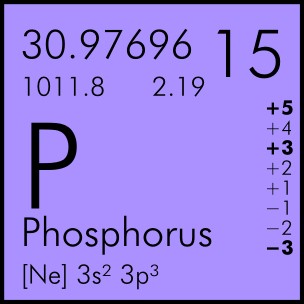
Phosphorus (P)
Phosphorus is important for producing big, healthy buds. The key role of this element is to provide nutrients for the plant. These nutrients are used to build a plant’s structure as it grows from its roots to its flowers.
Without enough phosphorus, cannabis plants will show signs of undeveloped roots and may not even flower. Early signs of phosphorus deficiency show up as a purple hue in the leaf veins.

Potassium (K)
Potassium has a number of roles that largely help regulate the systems that keep a plant healthy and growing.
It plays a major role in osmoregulation, the passive regulation of water and salt concentration in the plant. Potassium accomplishes this by controlling the opening and closing of stomata — the pores in leaves — which allow a plant to exchange CO2, H2O, and oxygen.
Potassium also triggers the production of ATP (adenosine triphosphate), which stores the energy generated during photosynthesis through the formation of glucose. This glucose is then ready for fuel for the plant as it grows. Without enough potassium, you see weak plants starving for energy that appear burnt because they cannot successfully regulate the exchange of CO2, H2O, and oxygen.
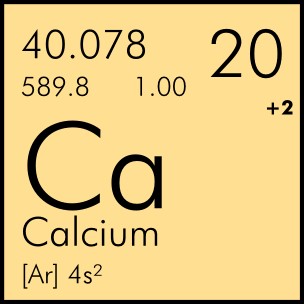
Calcium (Ca)
Calcium is responsible for holding the structure of a plant’s cell walls together. Without calcium, new growth will not develop properly and the plant will not function as it should. New growth stunts, leaves curl and red spots show up on the plant.
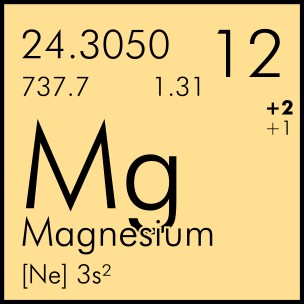
Magnesium (Mg)
Magnesium acts as a key molecule in chlorophyll and without it, plants cannot make glucose from photosynthesis. No magnesium and the plant can’t convert energy from sunlight.
Once magnesium has helped form glucose, it helps metabolize glucose to make it available for plant growth. Without enough magnesium, you will find yellowing leaves, with discoloration also reaching the veins.
NPK How often to fertilize cannabis plants?
Cannabis plants require different amounts of nutrients depending on their growth stage. In general, marijuana fertilizer should be applied at least once a week along with an adequate supply of pH- balanced (6.0 and 6.8.) water.
As a rule of thumb, the ideal pH for cannabis grown in soil is between 6.0 and 6.8. Hydroponic growers should keep the water pH in the range of 5.5 to 6.5. On average, cannabis plants require 4 litres of water per 400 grams of expected flowering every day.
Plant growth is equally dependent on the function and work of fertilizers and nutrients. Here are some guidelines for applying fertilizers at the different stages of growth of the cannabis plant.
| Seedlings | 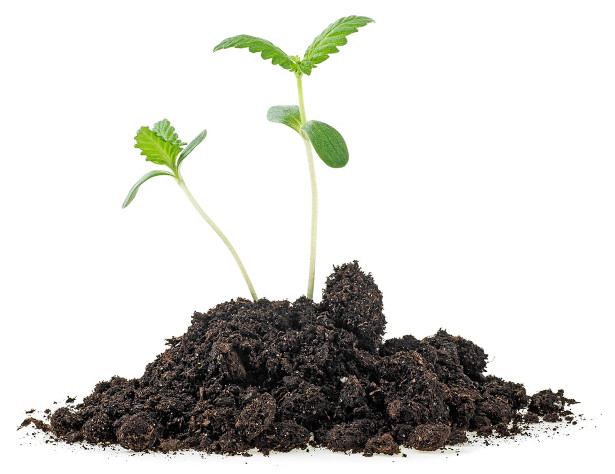 Minimal or no fertilizer. You can (should) wait until your cannabis plants have a few leaves (3-4 pairs of leaves) before applying the first dose of a primary NPK fertilizer. |
| How much to fertilize during the Vegetative Stage | 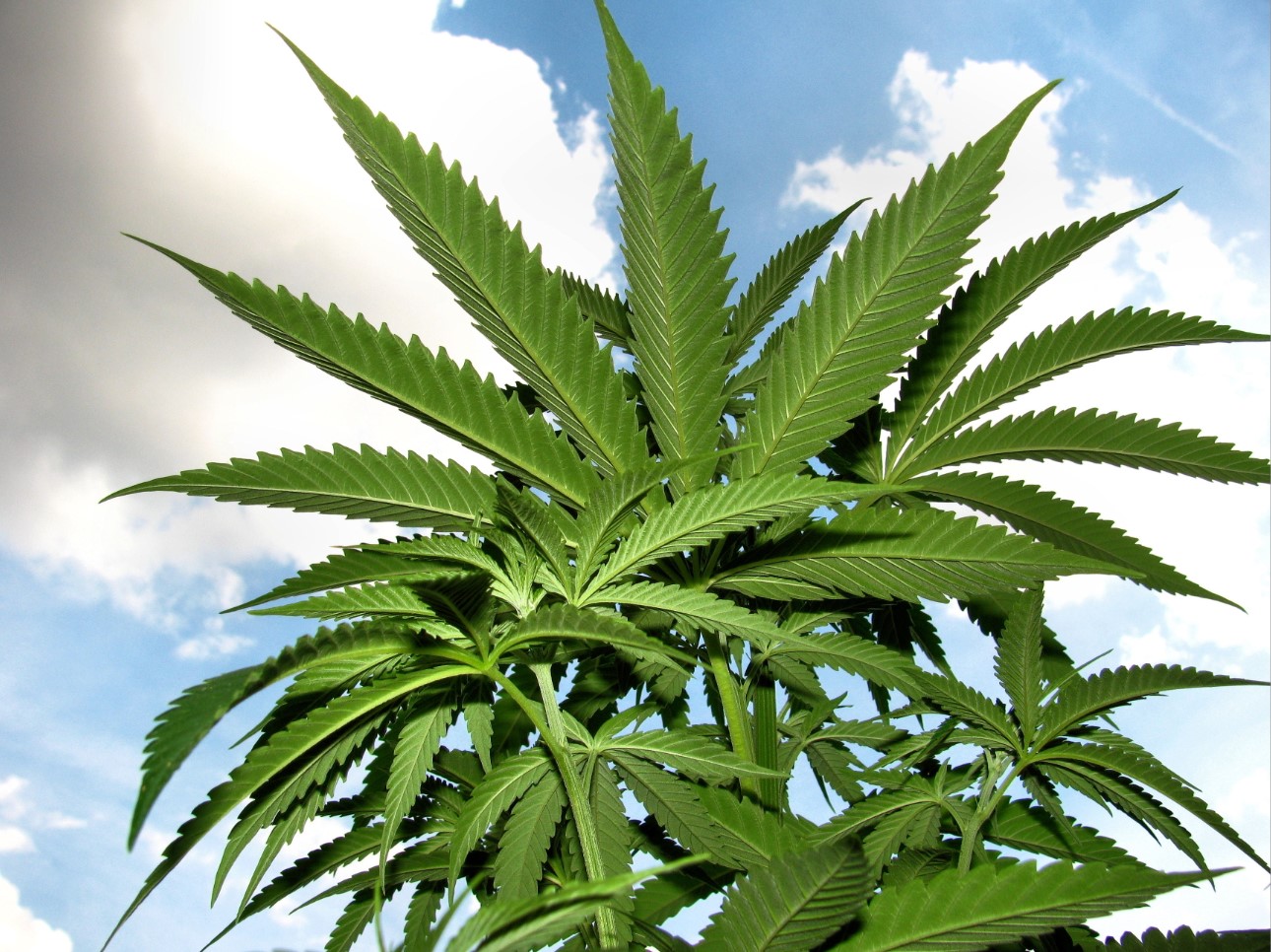 For week 1, use a 2:1:2 NPK ratio – that’s two parts nitrogen to one part phosphorus to two parts potassium. Consider increasing the NPK ratio to 10:5:7 by week 7, followed by a 1:1:1 ratio in late veg. |
| FERTILIZE DURING THE Flowering Stage | 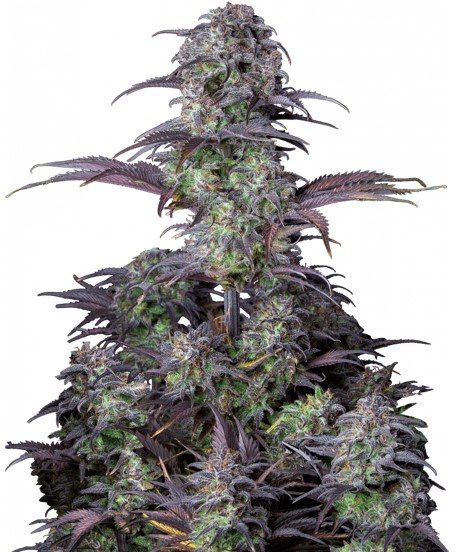 At this point, stop adding nitrogen to the plants and focus on increasing phosphorus and potassium levels. It is useful to fertilize cannabis plants during the early flowering phase, however the effectiveness of fertilizing decreases in the later flowering phase. In addition to weekly fertilization, cannabis plants require regular watering with pH-balanced water. For even better results, make sure you research the best fertilization schedule according to the cannabis strain you’re growing. |
TDS and EC levels for cannabis plants at each week of vegetative growth, followed by the first few weeks of flowering:
| Week of Growth | TDS Levels | EC Levels |
|---|---|---|
| 1 Vegetative | 100-250 ppm | 0.2-0.5 mS/cm |
| 2 Vegetative | 250-350 ppm | 0.5-0.7 mS/cm |
| 3 Vegetative | 350-500 ppm | 0.7-1.0 mS/cm |
| 4 Vegetative | 500-700 ppm | 1.0-1.4 mS/cm |
| 5 (early flowering) | 700-900 ppm | 1.4-1.8 mS/cm |
| 6 (early flowering) | 800-1000 ppm | 1.6-2.0 mS/cm |
| 7 (mid flowering) | 900-1100 ppm | 1.8-2.2 mS/cm |
| 8 (mid flowering) | 1000-1200 ppm | 2.0-2.4 mS/cm |
| 9 (late flowering) | 1100-1300 ppm | 2.2-2.6 mS/cm |
| 10 (late flowering) | 1200-1400 ppm | 2.4-2.8 mS/cm |
| 11 (late flowering) | 1300-1500 ppm | 2.6-3.0 mS/cm |
| 12 (ripening/harvest) | <1000 ppm | <2.0 mS/cm |
How to use and mix cannabis nutrients for fertilizing cannabis plants
The nutrient solution bottle and the fertilizer bag state how much of the three main nutrients the product contains in the form of NPK: nitrogen, phosphorus and potassium. For example, a product labeled “10-5-3” contains 10% available nitrogen, 5% phosphorus, and 3% potassium by weight.
As a general rule of thumb, a vegetative stage fertilizer should be high in nitrogen, low in phosphorus, and moderate in potassium: 12-4-5 for example. As a plant transitions into flowering, reduce nitrogen and focus on phosphorus and potassium – look for a ratio of around 3-8-7, for example.
Products are also generally divided into “grow” solutions with high nitrogen content for vegetative growth and “flower” solutions with high phosphorus content for flower development. You can follow these general terms and conditions if you don’t want to get bogged down with numbers.
In the last week before harvest, plants should only be watered to flush out any nutrient build-up in the buds – this is known as flushing.
Fertilizing Cannabis Plants using Liquid Nutrients
This type of nutrient is typically used for indoor growing, but can also be used outdoors. Liquid nutrients are used for cannabis plants in soil, hydroponics and other growing media and can be delivered through drip lines, spray nozzles and hoses for easy and efficient delivery.
Because liquid nutrients are readily available to the roots of a cannabis plant, they work quickly, but this also means they can damage plants if you feed them too much.
To use liquid nutrients, a separate water tank is needed to mix and dose them with water. You also need to know how much water is needed for all of your plants. Depending on the amount of water you need, add the right ratio of liquid nutrients according to the directions on the bottle.
When using liquid nutrients for cannabis plants it is important to have a watering schedule that you can write down and follow:
- What is the water consumption?
- How many and what nutrients are used
- How often is it watered
You shouldn’t use (fertilize) liquid nutrients every time you water – use them every second or third watering, or every two waterings in a row, once. It depends on the ingredients of your soil and the health of your cannabis plants. Too many nutrients damage your plants.
Giving cannabis plants the right amount of nutrients requires careful monitoring. Many growers start with a lower dose than recommended and work their way up until plants respond optimally. Too few nutrients and plants will have stunted growth, while too many can lead to nutrient burn and nutrient lock-out.
Check the pH
It’s important to get a pH meter to check the pH of the water when mixing it with nutrients. Cannabis grows best with a pH between 6 and 7 in soil and between 5.5 and 6.5 in hydroponic systems.
If the pH is outside of this range, it can lead to nutrient lockout, meaning your plants cannot absorb the nutrients they need. So test your water regularly and make sure the nutrient mix you’re giving the plants falls within the desired range.
Fertilizing Cannabis Plants using Organic Cannabis Fertilizers
Organic fertilizers are nutrients derived from organic sources such as animal and vegetable waste. It also includes sediments such as Ice Age rock dust and gypsum, which contain beneficial minerals for the soil and plants. They are common for outdoor growing and are usually available in powder form.
Organic fertilizers and nutrients can be less of an afterthought than liquid nutrients if overdosed. They usually contain fewer readily soluble nutrients and more elements beneficial to soil organisms.
Most of these fertilizers can be bought cheaply from your local nursery and then mixed into the soil before planting outdoors. If you do it right, you only need to water your plants throughout the growing process as all the nutrients are now in the soil.
We recommend these organic fertilizers:
Blood meal or Fish meal for nitrogen
Bone meal or bat guano for phosphorus
Wood ash or seaweed meal for potassium
Dolomitic lime for calcium and magnesium
Epsom salts for magnesium and sulfur
There are also commercial soil mixes that already contain the right mix of these nutrients.

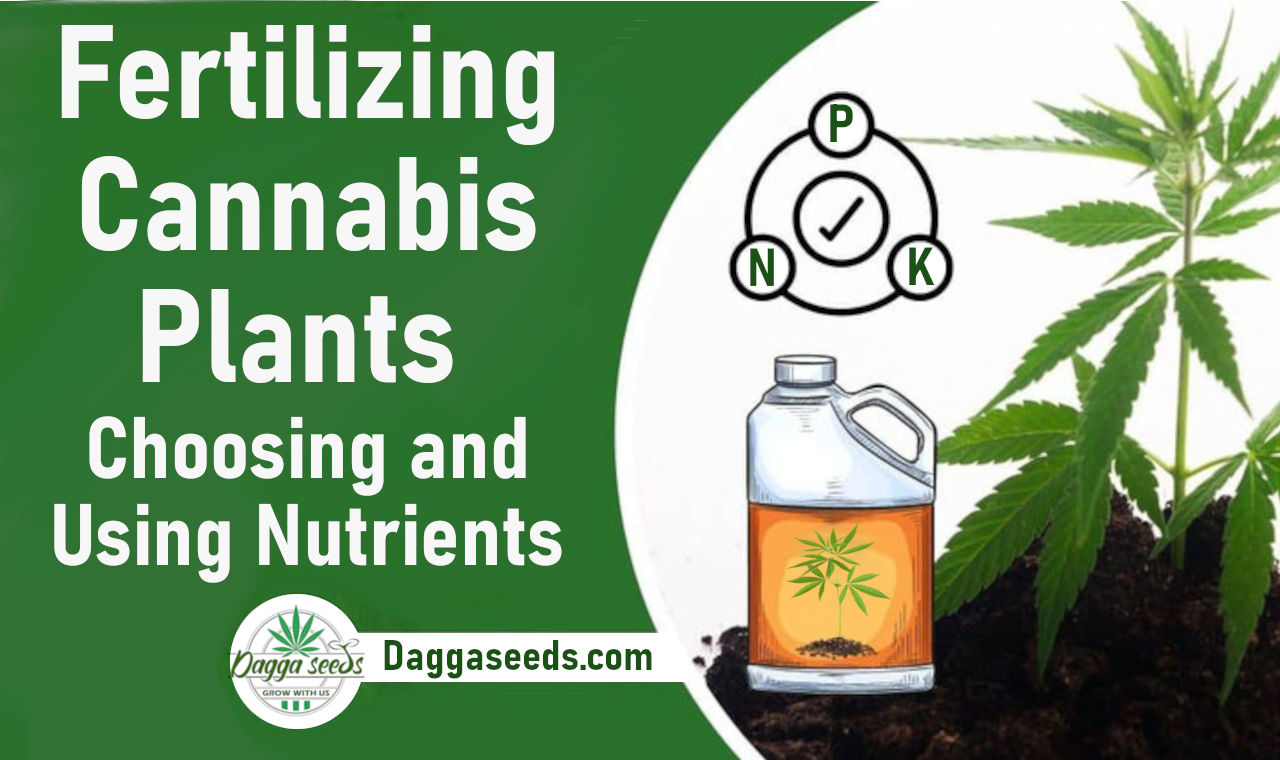

This blog post on fertilizing cannabis plants provides concise and straightforward information on how and when to fertilize, making it an excellent resource for beginners looking to grow healthy and productive cannabis plants.
Been using pH perfect for years with some supplements, works for me
[…] you can also make your own fertilizer by mixing water, compost, and manure. It is a great way to fertilize your plants because it provides them with all the nutrients they need. Simply mix equal parts of […]
Fertilizing your plants when the sun isn’t shining is just as important as when the sun is shining. Plants need nutrients to grow, and without sunlight, they can’t produce their own food. Fertilizing your plants will give them the nutrients they need to grow strong and healthy.
Pretty nice post. I just stumbled upon your blog and wished to say that I have
really enjoyed surfing around.